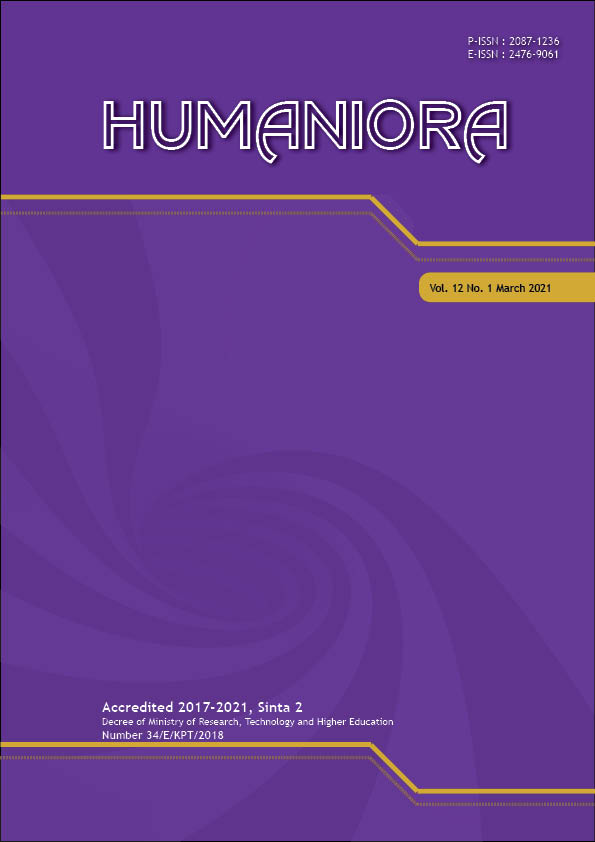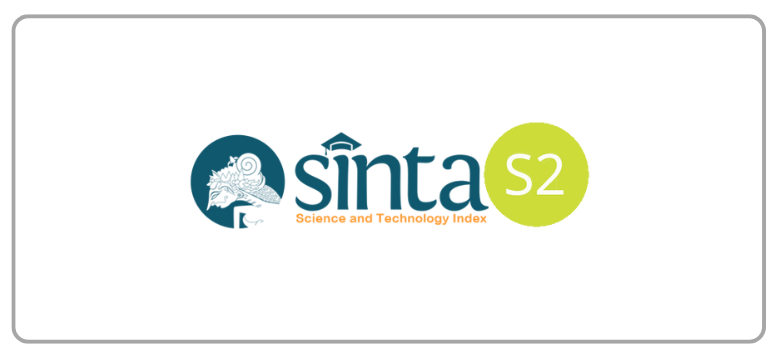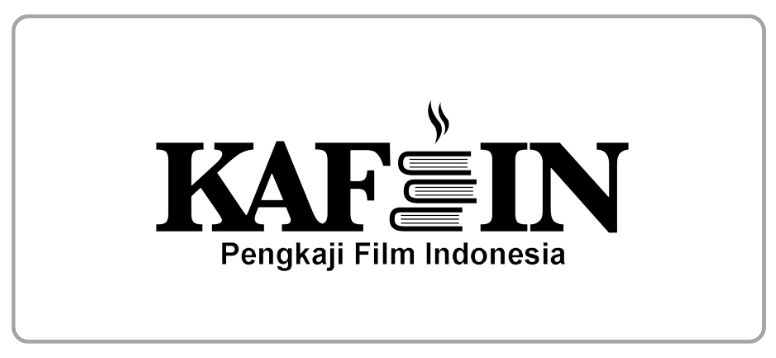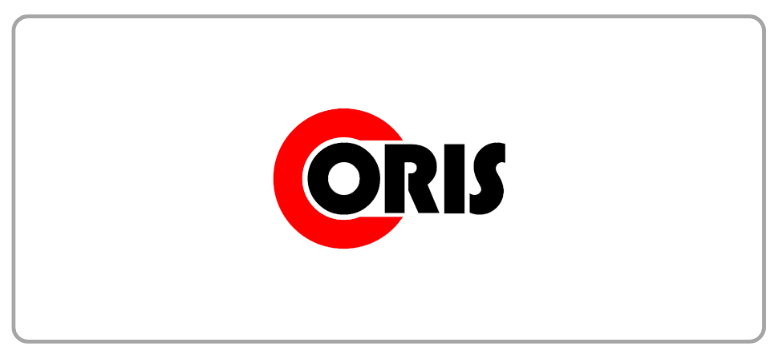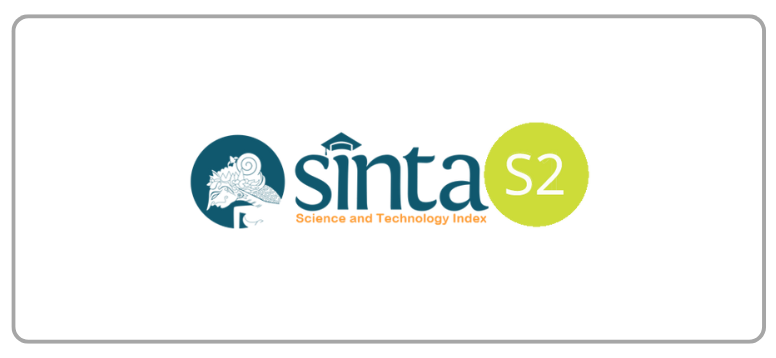Senior Lecturers’ Learning Mechanisms During Emergency Remote Teaching at Binus University
DOI:
https://doi.org/10.21512/humaniora.v12i1.6906Keywords:
senior lecturers, learning mechanism, emergency remote teachingAbstract
The research aimed to identify senior lecturers’ experiences with online teaching during ERT (Emergency Remote Teaching). The ominous Covid-19 forced tertiary education institutions in Indonesia to employ ERT, both synchronous and asynchronous online teaching, from March 2020. Not all existing lecturers were professionally ready for this change, specifically senior lecturers who had been teaching for more than 25 years. These senior lecturers entered into unfamiliar territory as they had been experiencing the drastic transition to ERT. This transition could be viewed as a learning process as they went through certain learning mechanisms. The qualitative method was used to examine the learning mechanisms of senior lecturers who have been teaching during this ERT. This method was appropriate, as it allowed an understanding of lecturers’ experience in their professional growth. This case study examined five senior lecturers who have been teaching English as a Foreign Language at the university level for more than 25 years. Data analysis followed the procedures developed by Braun and Clarke. The research finds that each lecturer experiences learning mechanisms, including identification, coordination, reflection, and transformation. During the identification, they learn to understand the needs to adapt, adopt, and change. They also experience different kinds of unfamiliar events that have to be faced. They adapt to the unfamiliar situation during the phase of coordination through reading, joining webinars (web seminars), and mentoring during the coordination. Each of them reflects on the process of shifting boundaries of their competencies or knowledge from previously teaching offline to online. The last learning mechanism is the transformation that leads to profound changes after experiencing disruptions in the current workflow. Those multiple disruptions shape them in facing ERT.
References
Akkerman, S. F., & Bakker, A. (2012). Crossing boundaries between school and work during apprenticeships. Vocations and Learning, 5(2), 153-173. https://doi.org/10.1007/s12186-011-9073-6.
Akkerman, S. F., & Bruining, T. (2016). Multilevel boundary crossing in a professional development school partnership. Journal of the Learning Sciences, 25(2), 240-284. https://doi.org/10.1080/10508406.2016.1147448.
Akkerman, S. F., & Van Eijck, M. (2013). Reâ€theorising the student dialogically across and between boundaries of multiple communities. British Educational Research Journal, 39(1), 60-72. https://doi.org/10.1080/01411926.2011.613454.
Bakker, A., & Akkerman, S. F. (2017). The learning potential of boundary crossing in the vocational curriculum. In L. Unwin & D. Guile (Eds.), Handbook on Vocational Education (pp. 1-19). New Jersey: Wiley.
Batalla-Busquets, J. M., & Pacheco-Bernal, C. (2013). On-the-job e-learning: Workers’ attitudes and perceptions. International Review of Research in Open and Distributed Learning, 14(1), 40-64. https://doi.org/10.19173/irrodl.v14i1.1304.
Braun, V., & Clarke, V. (2012). Thematic analysis. In H. Cooper, P. M. Camic, D. L. Long, A. T. Panter, D. Rindskopf, & K. J. Sher (Eds.), APA Handbooks in Psychology, APA handbook of Research Methods in Psychology, Vol. 2, Research Designs: Quantitative, Qualitative, Neuropsychological, and Biological (pp. 57-71). USA: American Psychological Association
Bronkhorst, L. H., & Akkerman, S. F. (2016). At the boundary of school: Continuity and discontinuity in learning across contexts. Educational Research Review, 19, 18-35. https://doi.org/10.1016/j.edurev.2016.04.001.
Burns, A., Freeman, D., & Edwards, E. (2015). Theorizing and studying the languageâ€teaching mind: Mapping research on language teacher cognition. The Modern Language Journal, 99(3), 585-601. https://doi.org/10.1111/modl.12245.
Cohen, J. (1960). A coefficient of agreement for nominal scales. Educational and Psychological Measurement, 20(1), 37-46. https://doi.org/10.1177%2F001316446002000104.
Davey, R. (2013). The professional identity of teacher educators: Career on the cusp? London: Routledge.
Fejes, A., & Köpsén, S. (2014). Vocational teachers’ identity formation through boundary crossing. Journal of Education and Work, 27(3), 265-283. https://doi.org/10.1080/13639080.2012.742181.
Fenwick, T. (2016). Professional responsibility and professionalism: A sociomaterial examination. London: Routledge.
Fenwick, T., Edwards, R., & Sawchuk, P. (2015). Emerging approaches to educational research: Tracing the socio-material. London: Routledge.
Gherardi, S. (2019). How to conduct a practice-based study: Problems and methods. Cheltenham: Edward Elgar Publishing.
Golden, C. (2020). Remote teaching: The glass half-full. Retrieved from https://er.educause.edu/blogs/2020/3/remote-teaching-the-glass-half-full.
Kersh, N. (2015). Rethinking the learning space at work and beyond: The achievement of agency across the boundaries of work-related spaces and environments. International Review of Education, 61(6), 835-851. https://doi.org/10.1007/s11159-015-9529-2.
Lavine, R., Greenberg, J., Chen, J., Kao, K., & Lin, Y. T. (2012). East meets west: A virtual international teacher education initiative between Taiwan and the US. Journal of the International Society for Teacher Education, 16(1), 35-45.
McHugh, M. L. (2012). Interrater reliability: The kappa statistic. Biochemia Medica: Biochemia Medica, 22(3), 276-282.
Miles, M. B., Huberman, A. M., & Saldana, J. (2014). Qualitative data analysis: A methods sourcebook. Los Angeles: SAGE Publications, Inc.
Pamuk, S. (2012). Understanding preservice teachers’ technology use through TPACK framework. Journal of Computer Assisted Learning, 28(5), 425-439. https://doi.org/10.1111/j.1365-2729.2011.00447.x.
Park, J. Y. (2015). Student interactivity and teacher participation: An application of legitimate peripheral participation in higher education online learning environments. Technology, Pedagogy and Education, 24(3), 389-406. https://doi.org/10.1080/1475939X.2014.935743.
Phelan, P., Davidson, A. L., & Cao, H. T. (1991). Students’ multiple worlds: Negotiating the boundaries of family, peer, and school cultures. Anthropology & Education Quarterly, 22(3), 224-250. https://doi.org/10.1525/aeq.1991.22.3.05x1051k.
Rosebery, A. S., Ogonowski, M., DiSchino, M., & Warren, B. (2010). The coat traps all your body heat: Heterogeneity as fundamental to learning. Journal of the Learning Sciences, 19(3), 322-357. https://doi.org/10.1080/10508406.2010.491752.
Shulman, L. S. (1987). Knowledge and teaching: Foundations of the new reform. Harvard Educational Review, 57(1), 1-23. https://doi.org/10.17763/haer.57.1.j463w79r56455411.
Tsai, H. C. (2015). A senior teacher’s implementation of technology integration. International Education Studies, 8(6), 151-161. https://doi.org/10.5539/ies.v8n6p151.
Tuomi-Grohn, T., & Engestrom, Y. (2003). Between school and work: New perspectives on transfer and boundary crossing. Abingdon: Taylor & Francis.
UNESCO. (2020). COVID-19 educational disruption and response. Retrieved from https://en.unesco.org/news/covid-19-educational-disruption-and-response.
Veltman, M. E., Van Keulen, J., & Voogt, J. M. (2019). Design principles for addressing wicked problems through boundary crossing in higher professional education. Journal of Education and Work, 32(2), 135-155. https://doi.org/10.1080/13639080.2019.1610165.
Downloads
Published
How to Cite
Issue
Section
License
Copyright (c) 2021 Esti Rahayu, Devina Devina

This work is licensed under a Creative Commons Attribution-ShareAlike 4.0 International License.
Authors who publish with this journal agree to the following terms:
a. Authors retain copyright and grant the journal right of first publication with the work simultaneously licensed under a Creative Commons Attribution License - Share Alike that allows others to share the work with an acknowledgment of the work's authorship and initial publication in this journal.
b. Authors are able to enter into separate, additional contractual arrangements for the non-exclusive distribution of the journal's published version of the work (e.g., post it to an institutional repository or publish it in a book), with an acknowledgment of its initial publication in this journal.
c. Authors are permitted and encouraged to post their work online (e.g., in institutional repositories or on their website) prior to and during the submission process, as it can lead to productive exchanges, as well as earlier and greater citation of published work.
USER RIGHTS
All articles published Open Access will be immediately and permanently free for everyone to read and download. We are continuously working with our author communities to select the best choice of license options, currently being defined for this journal as follows: Creative Commons Attribution-Share Alike (CC BY-SA)
